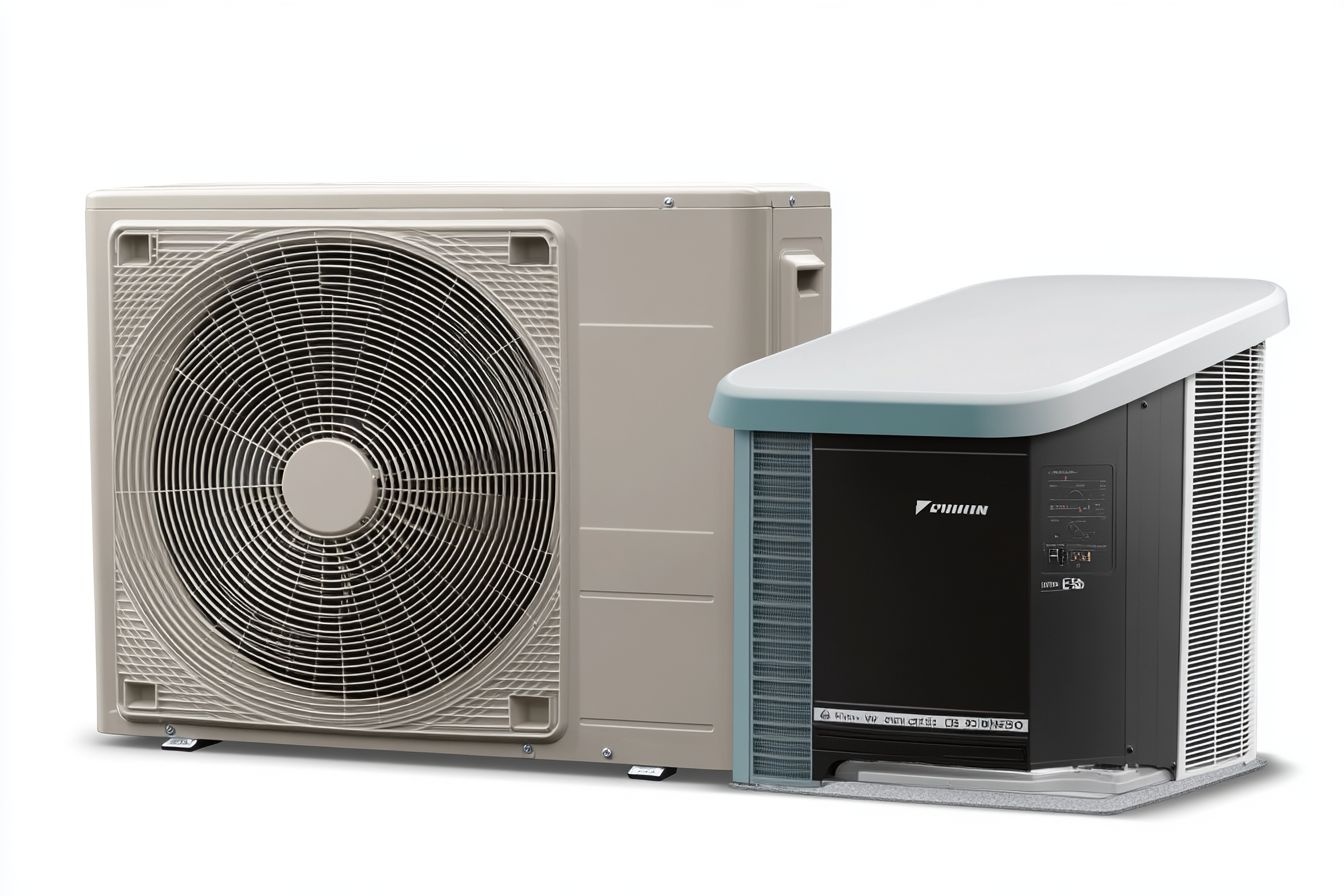Ductless Air Conditioning: The Ultimate Home Cooling Solution
Ductless air conditioning, also known as mini-split systems, has gained popularity as an efficient and flexible cooling solution for homes. These innovative systems offer a range of benefits over traditional central air conditioning, making them an attractive option for homeowners looking to enhance their comfort while potentially reducing energy costs. In this article, we'll explore the key features, advantages, and considerations of ductless air conditioning systems.

How does a mini-split ductless system work?
Mini-split ductless systems operate on the same principles as traditional air conditioners but with a more streamlined approach. The outdoor compressor unit contains the compressor, condenser coil, and expansion valve. It pumps refrigerant through the lines to the indoor air-handling units. These indoor units house an evaporator coil and a fan, which work together to cool and circulate air within the room. As warm air from the room passes over the evaporator coil, it’s cooled and then blown back into the space, creating a comfortable environment.
What are the benefits of ductless air conditioning for homes?
Ductless air conditioning systems offer several advantages for homeowners:
-
Energy efficiency: Without the need for ductwork, these systems avoid the energy losses associated with leaky ducts in traditional HVAC systems. This can lead to significant energy savings and lower utility bills.
-
Zoned cooling: Each indoor unit can be controlled independently, allowing for customized temperature settings in different rooms or zones of the house. This targeted cooling approach can further enhance energy efficiency and personal comfort.
-
Flexible installation: Ductless systems are ideal for homes without existing ductwork, additions, or rooms that are difficult to cool with central air. The small size of the indoor units and the minimal invasiveness of the installation make them suitable for various spaces.
-
Improved air quality: Since ductless systems don’t use ductwork, they eliminate the potential for dust and allergen accumulation that can occur in traditional HVAC ducts.
-
Quiet operation: The indoor units of ductless systems are typically quieter than window air conditioners or central air systems, providing a more peaceful living environment.
Are there any drawbacks to ductless air conditioning?
While ductless air conditioning systems offer numerous benefits, there are a few potential drawbacks to consider:
-
Initial cost: The upfront cost of installing a ductless system can be higher than that of window units or central air conditioning systems. However, the long-term energy savings and increased comfort often offset this initial investment.
-
Aesthetic considerations: Some homeowners may find the appearance of indoor units mounted on walls or ceilings less appealing than hidden ductwork. However, modern designs have become increasingly sleek and unobtrusive.
-
Regular maintenance: Like all HVAC systems, ductless air conditioners require regular maintenance to ensure optimal performance and longevity. This includes cleaning filters, checking refrigerant levels, and inspecting components for wear and tear.
How much does a ductless air conditioning system cost?
The cost of a ductless air conditioning system can vary widely depending on factors such as the number of indoor units, the system’s capacity, and installation complexity. Here’s a general overview of ductless air conditioning costs:
| System Type | Number of Zones | Estimated Cost Range |
|---|---|---|
| Single Zone | 1 | $3,000 - $5,000 |
| Dual Zone | 2 | $5,000 - $8,000 |
| Triple Zone | 3 | $7,000 - $10,000 |
| Quad Zone | 4 | $9,000 - $12,000 |
Prices, rates, or cost estimates mentioned in this article are based on the latest available information but may change over time. Independent research is advised before making financial decisions.
It’s important to note that these estimates include both equipment and professional installation costs. The actual price may vary depending on factors such as the brand, energy efficiency rating, and specific installation requirements of your home.
Is ductless air conditioning right for your home?
Deciding whether a ductless air conditioning system is the best choice for your home cooling needs depends on several factors. Consider the following:
-
Your home’s current HVAC setup: If your home lacks existing ductwork or has areas that are difficult to cool with central air, a ductless system may be an ideal solution.
-
Energy efficiency goals: If reducing energy consumption and lowering utility bills are priorities, the high efficiency of ductless systems may be appealing.
-
Zoning needs: For homes where different areas require varying temperature settings, the zoning capabilities of ductless systems can provide enhanced comfort and efficiency.
-
Budget considerations: While the initial cost may be higher, consider the potential long-term savings on energy bills and the added comfort benefits when making your decision.
-
Aesthetic preferences: Evaluate whether the visible indoor units align with your home’s interior design and personal preferences.
Ductless air conditioning systems offer a versatile and efficient solution for home cooling. By providing targeted temperature control, energy savings, and flexible installation options, these systems have become an increasingly popular choice for homeowners seeking to enhance their comfort and reduce energy consumption. While the initial investment may be higher than some alternatives, the long-term benefits in terms of energy efficiency and customized cooling make ductless air conditioning a compelling option for many households.






